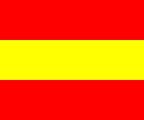
One

Two
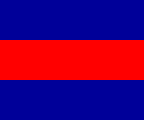
Three

Four
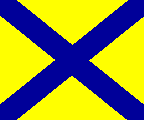
Five
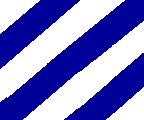
Six
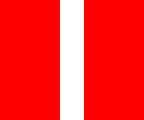
Seven

Eight

Nine
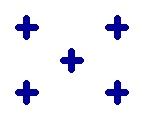
Zero

Last modified: 2025-01-18 by editor unassigned
Keywords: signal flag: nato | nato: signal flags |
Links: FOTW homepage |
search |
disclaimer and copyright |
write us |
mirrors
These flags drawn them to correspond to US Navy specifications; other NATO
navies use slightly different proportions in some cases.
NATO also assigns different meanings to the letter flags and combinations of
letter flags and numeral flags and pennants than does the ICS,
but those meanings are classified.
Joe McMillan, 8 August 2003
I'm attaching a set if the NATO-signal flags. I started out adding the
transparency indicated by grey areas, but I also reduced the palettes and set
light grey as pen 0/background for each. The resulting files are also slightly
smaller.
I
didn't touch the artwork, except that in one case I removed some stray black
pixels. I did notice the rather dark green and blue. Is there any special reason
for that? Does NATO specify these, or maybe the US Navy?
Peter Hans van den Muijzenberg, 10 July 2010
Images by Joe McMillan, and revised by Peter Hans van den Muijzenberg.
 One |
 Two |
 Three |
 Four |
 Five |
 Six |
 Seven |
 Eight |
 Nine |
 Zero |
NATO use the three substitutes from the International Code
and has a fourth
substitute.
David Prothero, 07 January 2014
The whole ICSF set is white, yellow, red, blue, and black. If 4th
follows the pattern, than 5th would probably have either red and/or black,
as the least used colours. After colour from the hoist, vertical divided,
horizontal divided, 4th is from the hoist again, so 5th would be
vertically divided. But each design is also different, so maybe a dividing
line like a <, with a black hoist and a yellow fly? Or is that too close to a
different flag?
Peter Hans van den Muijzenberg, 08 January 2014